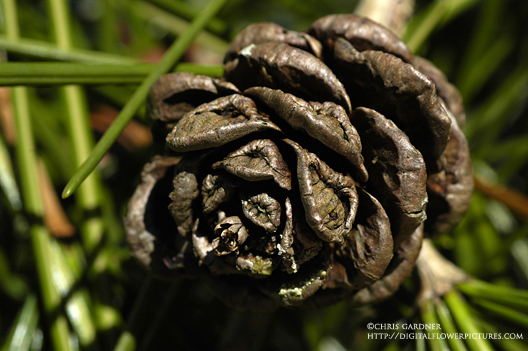
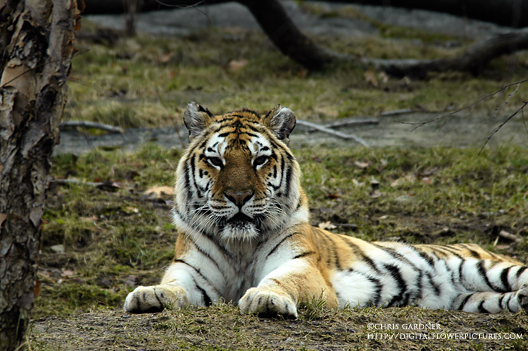
Siberian Tiger
Panthera tigris altaica
I have decided to join the blogging craze. I am looking forward to taking a moment to find out a little more about the plants I have been photographing. I hope to explore all aspects of plants, flowers, trees and other garden related topics. Sorry about having to watermark the photos but there are a lot of people using them without permission.
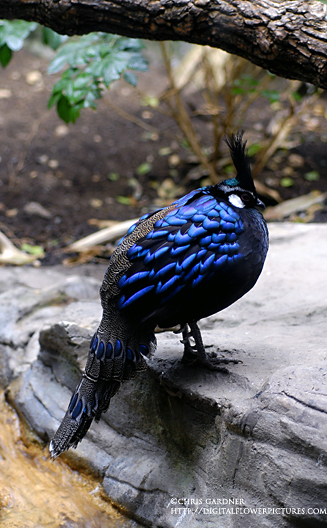
 Dwarf River Birch
Dwarf River Birch
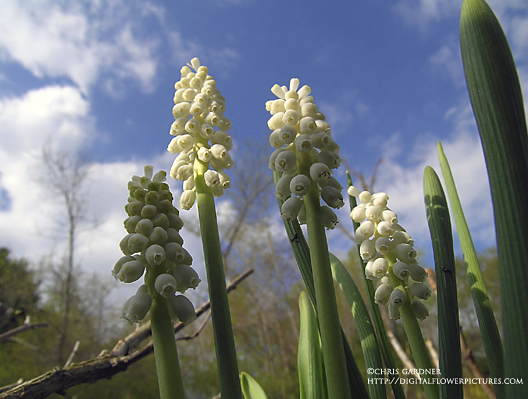 White Grape Hyacinth
White Grape Hyacinth
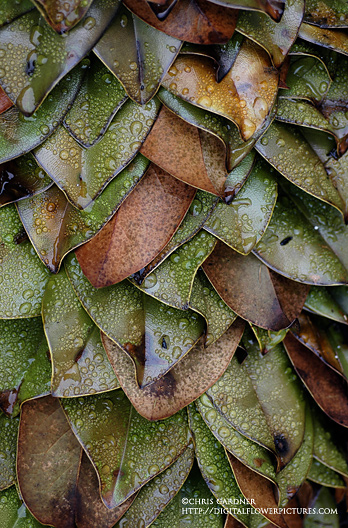 ABC Wednesday – W
ABC Wednesday – W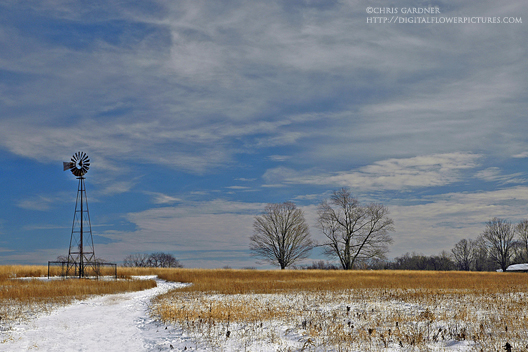 Happy Landings Park. Brookfield, Connecticut.
Happy Landings Park. Brookfield, Connecticut. Westminster Abbey in London
Westminster Abbey in London
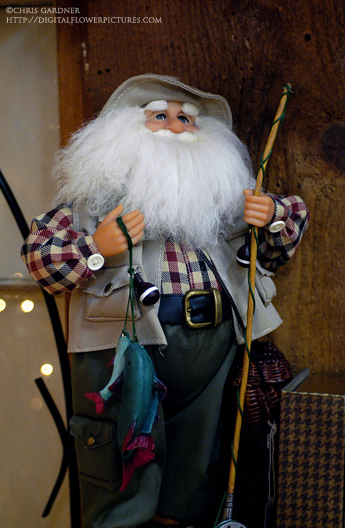
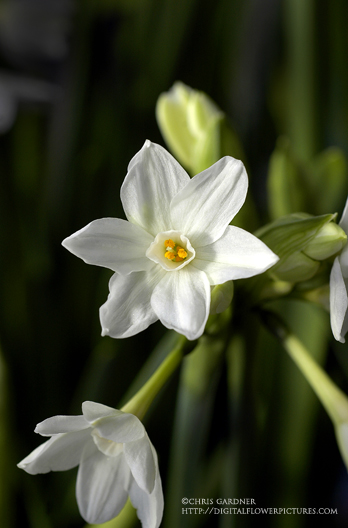 Paperwhite Narcissus
Paperwhite Narcissus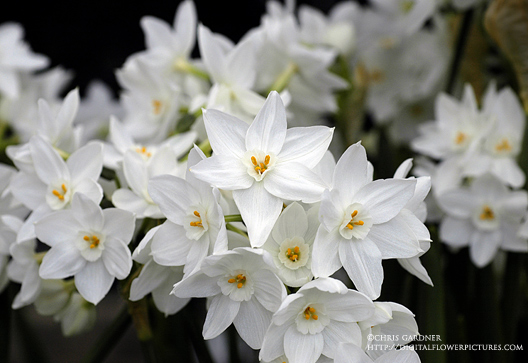 Photo showing the bunch flowering habit of Paperwhites.
Photo showing the bunch flowering habit of Paperwhites.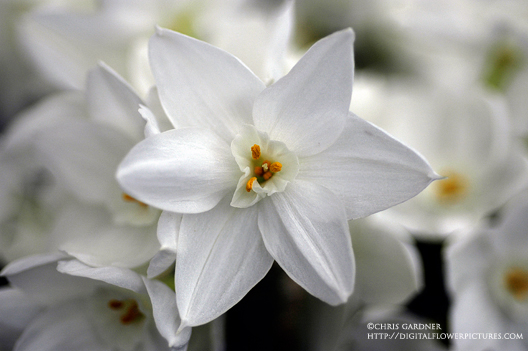 The last two photos were taken from the same group of plants. The top photo was at a local nursery.
The last two photos were taken from the same group of plants. The top photo was at a local nursery.
 Reed Stem Orchid
Reed Stem Orchid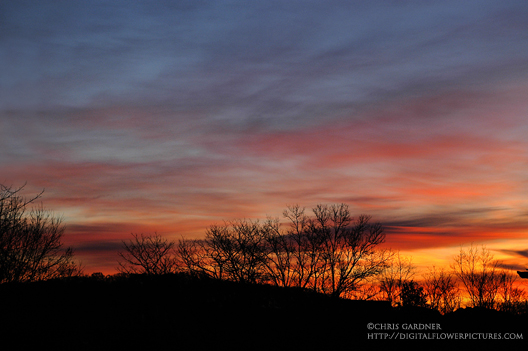
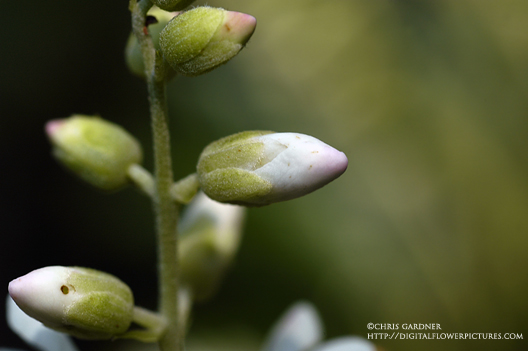 Compact Summersweet
Compact Summersweet

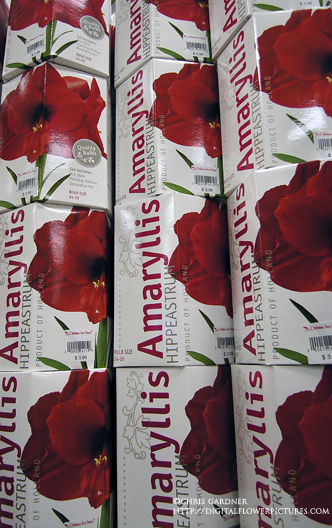
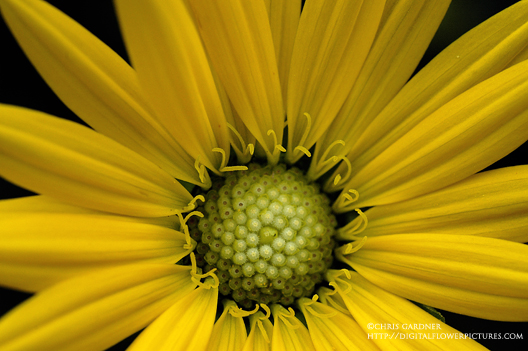 Prairie Dock
Prairie Dock

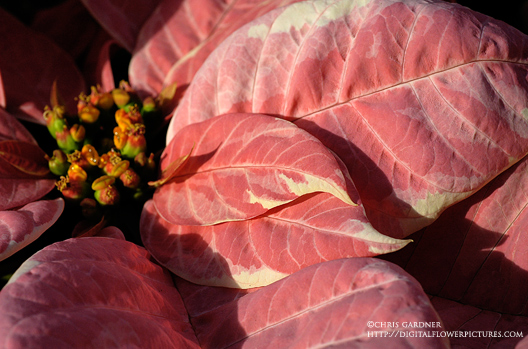
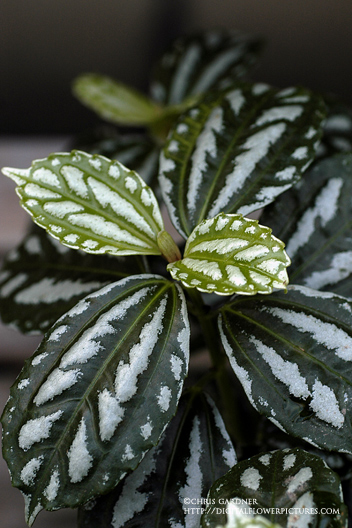 A good low light houseplant, Pilea cadierei or Aluminum Plant is an example of blister type variegation.
A good low light houseplant, Pilea cadierei or Aluminum Plant is an example of blister type variegation.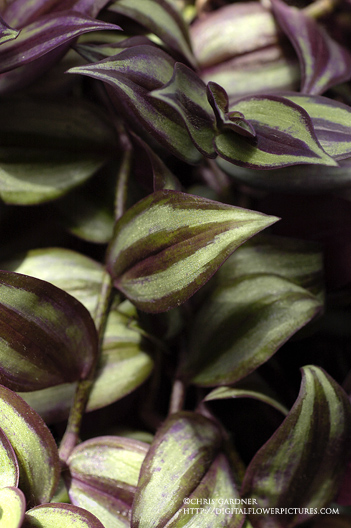 Inch Plant (Tradescantia zebrina)
Inch Plant (Tradescantia zebrina) A plant with a lot of synonyms, Buxus sempervirens 'Elegantissima' or Variegated Boxwood. An example of margined variegation. This picture shows some of the striking effect variegated plants can have in the garden.
A plant with a lot of synonyms, Buxus sempervirens 'Elegantissima' or Variegated Boxwood. An example of margined variegation. This picture shows some of the striking effect variegated plants can have in the garden. Here are some of the blogs that participate in ABC Wednesday. I am finding new people all the time. I would like to wish everyone a Happy Holidays and thank them for the opportunity to be part of such a fine group. I can’t believe we have made it almost all the way through the alphabet! It is getting a little difficult to visit everyone now. I try and visit the UK people before I go to work as it about 11pm there when I get home from work and the US west coast people in my afternoon. I haven’t figured out exactly where the Aussies fit in to the timing.
Here are some of the blogs that participate in ABC Wednesday. I am finding new people all the time. I would like to wish everyone a Happy Holidays and thank them for the opportunity to be part of such a fine group. I can’t believe we have made it almost all the way through the alphabet! It is getting a little difficult to visit everyone now. I try and visit the UK people before I go to work as it about 11pm there when I get home from work and the US west coast people in my afternoon. I haven’t figured out exactly where the Aussies fit in to the timing.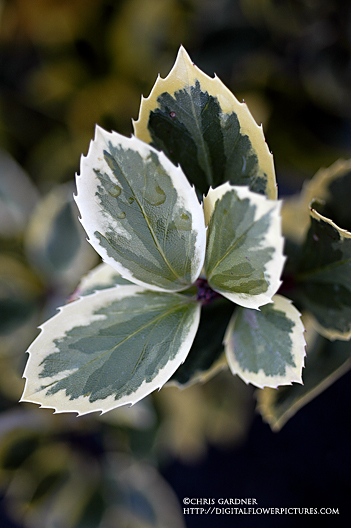 The elegant leaves of Variegated Blue Holly (Ilex x meserveae 'Honey Maid')
The elegant leaves of Variegated Blue Holly (Ilex x meserveae 'Honey Maid')
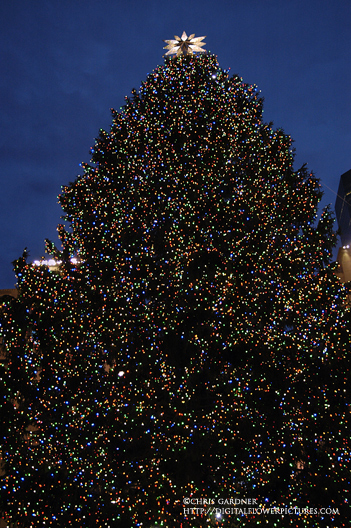 Another Rockefeller Christmas Tree Shot
Another Rockefeller Christmas Tree Shot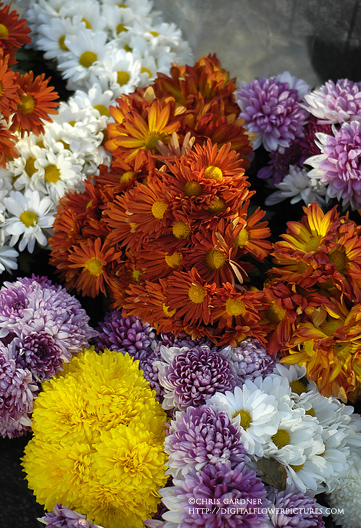
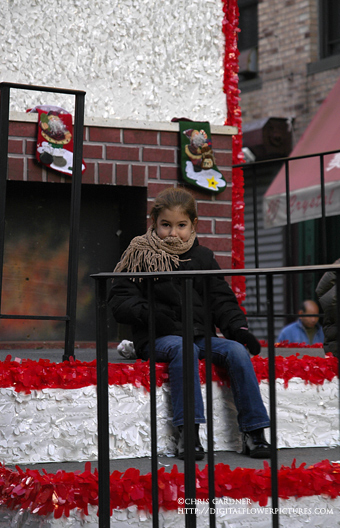
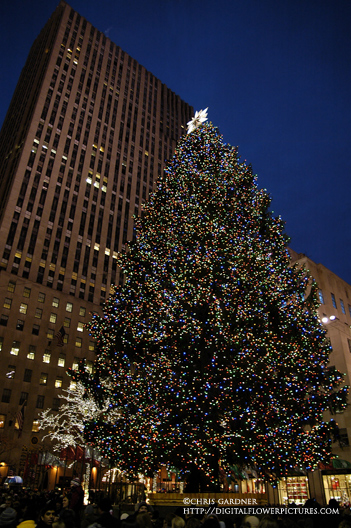 Rockefeller Center Christmas Tree
Rockefeller Center Christmas Tree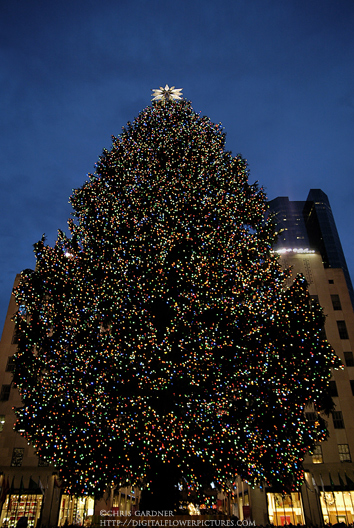
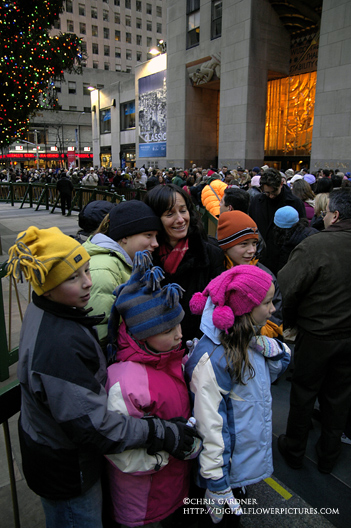

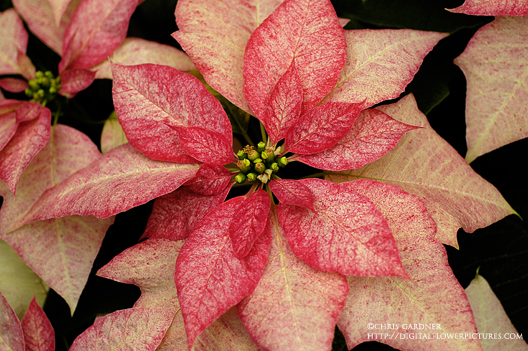 Two Poinsettias
Two Poinsettias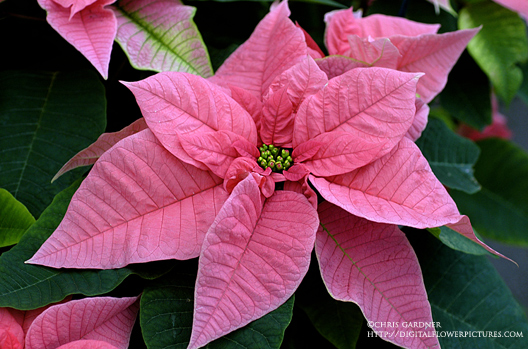
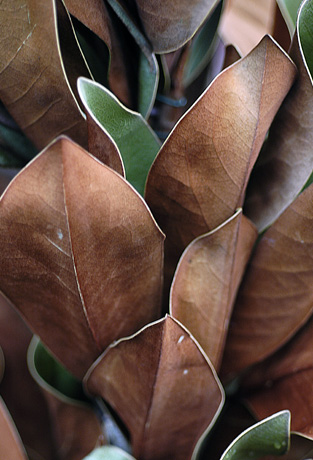

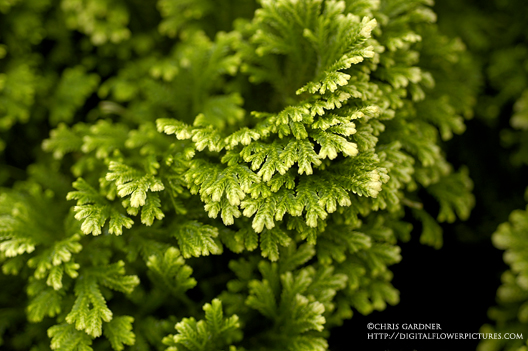
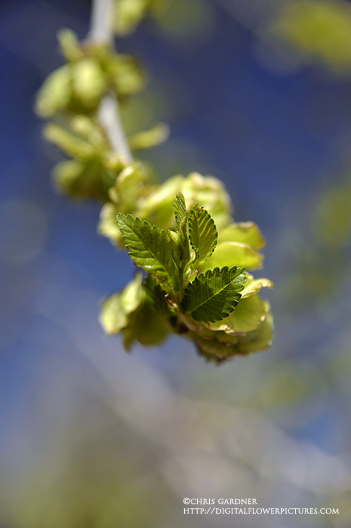 Emerging leaves of Siberian Elm (Ulmus pumila)
Emerging leaves of Siberian Elm (Ulmus pumila)

